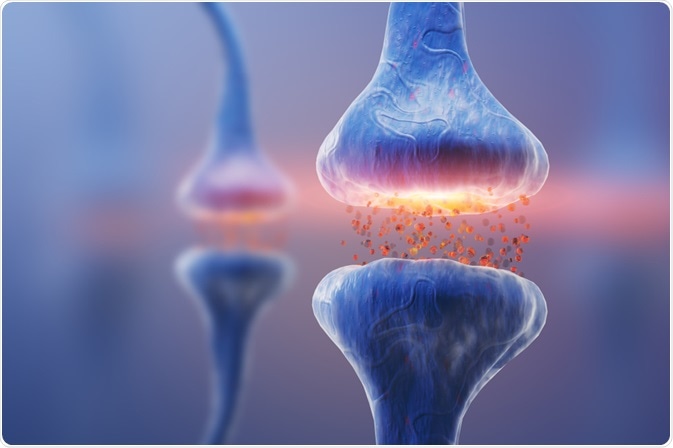Microdialysis is a minimally invasive technique that is used for the continuous sampling of extracellular fluid. It is often used to measure the concentration of free analytes that are not bound to carrier proteins in a sample.
 KateStudio | Shutterstock
KateStudio | Shutterstock
What is microdialysis used for?
Microdialysis is often be used to measure the levels of endogenous and exogenous metabolites. Typical analytes include glucose, hormones, endogenous neurotransmitters, and pharmaceutical compounds. The former measures function in the body, while the latter detects their distribution.
Principles of microdialysis
Microdialysis involves the insertion of a small catheter or probe into the brain which consists of two parts: a shaft and a hollow fiber membrane. The hollow fiber membrane is located at the end of the shaft and is connected to both the inlet and the outlet tubes. It is semi-permeable to allow for the continuous perfusion of a solution through the probe.
This solution is aqueous and very similar in composition to the tissue into which the probe is inserted. The fluid flows very slowly, at about 0.1–5 µL/minute. In response, small, soluble molecules in the extracellular fluid of the tissue passively diffuse into the perfusate.
The perfusate finally leaves the probe through the outlet tubing as dialysate and is then collected for analysis. Water soluble molecules pass through the membrane tip easily, compared to fat-soluble and water-solube analytes, which struggle to flow through the membrane. The molecular weight of the analytes collected by microdialysis is 6–100 kD, depending on the permeability of the membrane.
The direction of flow of the fluid can be changed by altering the concentration gradient, allowing the probe to additionally function as a delivery tool.
Applications of microdialysis
Microdialysis was first developed in the early 1970s for measuring the concentration of various endogenous brain molecules. The field has now expanded to include both preclinical studies and clinical trials in humans. In clinical trials, microdialysis is used to measure free drug concentration in tissues and interstitial fluid, as well as the concentration of cytokines and other chemicals involved in cellular metabolism.
What is an autosampler?
Autosamplers are devices that are used the periodic retrieval of samples for analysis. This is particularly useful for the study of extracellular fluid in the brain, where the concentration of metabolites can change rapidly. Temporal resolution in a microdialysis experiment essential for the evaluation of dynamic processes such as neurotransmission.
Autosamplers avoid the need for manually withdrawing and injecting samples. These devices can handle vials, tubes, PCR plates, and microtiter plates. They are mainly used for gas chromatography and high-performance liquid chromatography (HPLC), which is most commonly selected in the case of microdialysis.
Benefits of using an autosampler for microdialysis
Autosamplers transform the reach of microdialysis. The major advantages of using autosamplers in microdialysis are:
- Less hands-on intervention and more time for other tasks;
- Reduced error and high reproducibility;
- Greater precision especially with low volumes;
- Increased productivity due to regular sampling at specified intervals;
- More accurate results as the temporal relationship between various events is established;
- The high-throughput process allows for many samples to be investigated within a short period.
Further Reading
Last Updated: Jul 14, 2023